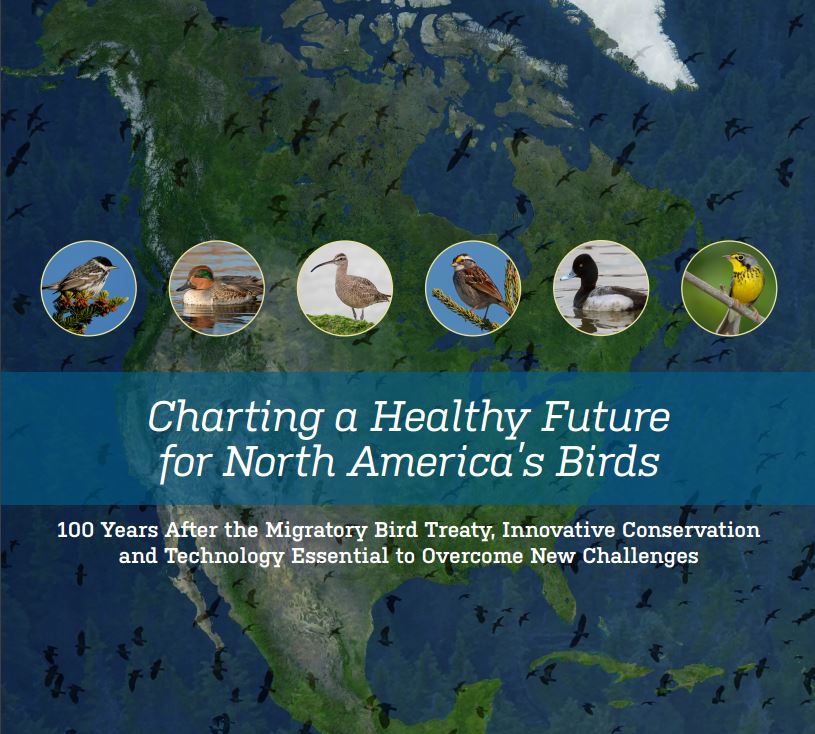Offer
Provide additional details about the offer you're running.
Provide additional details about the offer you're running.
Provide additional details about the offer you're running.

Technology. It’s changing our lives and changing the environments and wild animals and places that surround us.
In a recent report published by the Boreal Songbird Initiative, they have highlighted that newfound technologies are allowing them and other organizations and researchers access to never-before-seen information regarding birds, particularly how it pertains to migration.
Types of Technology
When it comes to birds, there are four main pieces of technology both conservation organizations, researchers and citizens are employing to help birds.
Tracking Technology
Utilizing tracking technology byways of geolocators and satellites provides researchers with in-depth accounts of when and where birds are moving and where they tend to stop along the way. This gives researchers and organizations like the Boreal Songbird Initiative a clear picture of ideal habitats they may have otherwise missed and given them an opportunity to include them in the conversation for potential protection.
Radar Technology
As we wrote about last week, nocturnal migration can be a challenge not only for birders but also for those conducting vital research on the migration patterns of many songbirds. Radar and audio sorting highlights vital rest stop so many nocturnal migrants rely on each year.
Genetic Technology
Connecting regional subpopulations within each species’ breeding and winter ranges have been made possible by the analysis of both isotopes and genetic markers. In one example, scientists captured a bird and took a feather known to grow on the breeding grounds and one known to fledge on the winter grounds. By employing this type of technology, they were able to successfully locate each of those locations.
Citizen Science
Perhaps the most important piece of technology we have today is that of citizen-generated data. By sharing sightings and observations from around the world at any given time during the year, researchers are able to identify patterns, shifts in migration and shifts in distribution.
One of the major breakthroughs stemming from the data derived from these various forms of technology is shift in understanding surrounding flyways here in North America. Once regarded as highways, or traditionally-stable routes that particular birds followed south each year, the flyways are now regarded to exemplify rivers, or ever-changing pathways in the sky based on external and traditionally environmental factors.
Technology has shown that birds will follow these flyways, but the flyways themselves are dynamic, shifting like water running downstream. Weather patterns and storms are often what will move these birds slightly off course for a period of time, but continue to move in the same relative direction.
“There are tendencies for birds to go in one generalized area, but for the most part what we see is a shifting current of birds, like these very broad fronts, almost like water spreading out in different directions depending on the obstacles in its way it’ll change its path. We can see that they’re using a much broader area than we thought before,” Jeff Wells, a senior scientist with the Boreal Songbird Initiative and co-author of the new report told CBC News.
The Boreal Songbird Initiative has long advocated for at least 50 percent of Canada’s boreal forest to be under the protection and with this new data, they are getting close to achieving their goal.
High Quality Blend